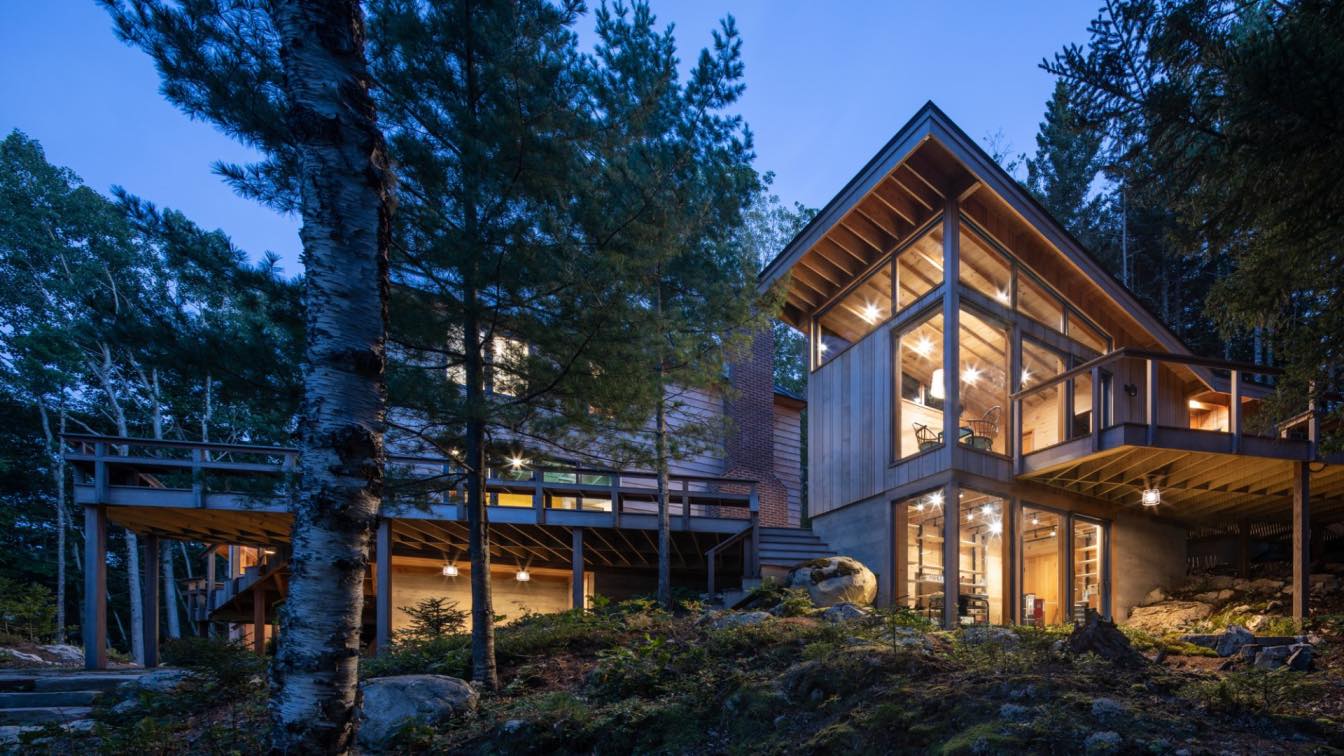Maine, known for its stunning coastlines, lush forests, and charming small towns, boasts a rich architectural heritage that reflects its unique geography and cultural history. From historic lighthouses to modern sustainable designs, Maine architects have played a pivotal role in shaping the state’s built environment. This article explores the contributions of Maine architects, highlighting their innovative designs and the influence of local materials and traditions.
A Blend of Tradition and Innovation
Maine’s architectural landscape is a testament to its history, showcasing styles that range from colonial to contemporary. Many architects in the state strive to honor traditional New England aesthetics while integrating modern design principles. This blend results in structures that are not only functional but also visually appealing.
One prominent figure in Maine architecture is Susan D. W. Dyer, whose work often emphasizes sustainability and community integration. Dyer’s projects, like the vibrant community centers and eco-friendly homes, reflect a commitment to both the environment and the needs of the local population.
Sustainable Design: A Priority
With an increasing focus on environmental stewardship, many Maine architects prioritize sustainability in their designs. The state’s abundance of natural resources inspires architects to incorporate locally sourced materials and energy-efficient technologies.
Richard Renner, a notable Maine architect, is celebrated for his innovative use of materials and focus on reducing the carbon footprint of buildings. His projects often include passive solar designs, green roofs, and natural ventilation systems, exemplifying how modern architecture can harmonize with Maine’s rugged landscape.
Coastal and Waterfront Architecture
Maine’s breathtaking coastline poses unique challenges and opportunities for architects. Coastal architecture must withstand harsh weather conditions while providing stunning views of the ocean. Architects like Ruth W. E. H. Anneberg have embraced these challenges, designing homes that elegantly blend with the shoreline while utilizing durable materials to ensure longevity.
Anneberg’s designs often incorporate large windows and open floor plans, allowing for an abundance of natural light and unobstructed views of the surrounding landscape. Her commitment to maintaining the beauty of Maine’s coast is evident in every project.
Revitalizing Historic Structures
In addition to new constructions, Maine architects are dedicated to preserving the state’s rich architectural history. Renovating historic buildings while maintaining their original charm is a delicate balance that many architects masterfully achieve.
Preble & Co., an architecture firm known for its restoration projects, has successfully revitalized several historic landmarks throughout Maine. Their work often involves meticulous attention to detail, ensuring that the historical integrity of the structures is preserved while updating them for modern use.
Community Engagement and Local Impact
Maine architects often engage with the communities they serve, fostering collaboration and inclusivity in the design process. This approach ensures that the needs and desires of local residents are met while creating spaces that truly reflect the character of the area.
Architects frequently hold community workshops and design charrettes to gather input from residents, allowing for a shared vision of future developments. This participatory design process not only strengthens community bonds but also results in projects that resonate deeply with the local population.
Emerging Trends in Maine Architecture
As Maine continues to evolve, so too does its architectural landscape. Emerging trends include an increased focus on resilience, with architects designing buildings that can withstand climate change impacts. The integration of smart technologies is also becoming more prevalent, as architects seek to enhance the functionality and sustainability of their designs.
Moreover, there is a growing interest in creating multi-use spaces that serve various functions within the community, promoting social interaction and economic vitality.
